STORIES BEHIND THE
TRADITIONS
AND SONGS
of
EASTER
Other Books by Ace Collins
Turn Your Radio On:
The Stories Behind Gospel Musics
All-Time Greatest Songs
Stories Behind the Best-Loved Songs of Christmas
Stories Behind the Hymns That Inspire America
Stories Behind the Great Traditions of Christmas
I Saw Him in Your Eyes:
Everyday People Making Extraordinary Impact
More Stories Behind the
Best-Loved Songs of Christmas

To
Rick Beals
for giving his life to the cause of sharing
the message of the resurrection with the world
Special thanks to:
Bill Gaither
John Hillman
Kathy Collins
Angela Scheff
Steve Morse
ZONDERVAN
Stories Behind the Traditions and Songs of Easter
Copyright 2007 by Andrew Collins
All rights reserved under International and Pan-American Copyright Conventions. By payment of the required fees, you have been granted the non-exclusive, non-transferable right to access and read the text of this e-book on-screen. No part of this text may be reproduced, transmitted, down-loaded, decompiled, reverse engineered, or stored in or introduced into any information storage and retrieval system, in any form or by any means, whether electronic or mechanical, now known or hereinafter invented, without the express written permission of Zondervan.
ePub Edition January 2009 ISBN: 978-0-310-54226-1
Requests for information should be addressed to:
Zondervan, Grand Rapids, Michigan 49530
Library of Congress Cataloging-in-Publication Data
Collins, Ace.
Stories behind the traditions and songs of Easter / Ace Collins.
p. cm.
ISBN-13: 978-0-310-26315-9
1. Easter. 2. Public worship. 3. Easter music History and criticism. 4.
HymnsHistory and criticism. I. Title.
BV55.C64 2007
263'.93 dc22
2006025105
All Scripture quotations, unless otherwise noted, are taken from the Holy Bible:King James Version.
All rights reserved. No part of this publication may be reproduced, stored in a retrieval system, or transmitted in any form or by any means electronic, mechanical, photocopy, recording, or any other except for brief quotations in printed reviews, without the prior permission of the publisher.
______________________________________________________________
06 07 08 09 10 11 12  20 19 18 17 16 15 14 13 12 11 10 9 8 7 6 5 4 3 2 1
20 19 18 17 16 15 14 13 12 11 10 9 8 7 6 5 4 3 2 1
CONTENTS
The four gospels not only record the events of what is now known as the first Easter but also bring insight into the emotional impact of those events on the followers of Christ. From the initial sadness brought on by his death on the cross, to the disbelief about his return to life, to the jubilation that came with the acceptance of his resurrection, the first Easter was one those who witnessed it would never forget. Yet strangely, even though the events of that time were recorded in detail by four different biblical authors, none of these men set down the date when it happened.
There can be little doubt that for at least the next two or three decades Easter was observed by those who witnessed the events in Jerusalem. They probably worshiped and gave thanks on the anniversaries of the crucifixion and resurrection. Yet there are no records of what those worship services were like. What can be gleaned from history is that many who first accepted Christ as Savior were persecuted, and so they would have kept their celebrations hidden. Those early Christians who were able to worship freely were probably more intent on living a Christ-like life. To these believers, Jesus death and resurrection were remembered daily and were part of every facet of their worship.
As Christianity spread and the events of Christs life on earth became more distant, believers began to mark certain days as important moments in church history. Because Christs resurrection is the foundation of the Christian faith, it is only natural that early believers would set aside a time to remember Christs life, death, and resurrection and to reflect on what they meant to them both as individuals and as a body of believers. Irenaeus of Lyon wrote in the second century that Christians often fasted between sundown on a specified Friday until sunrise on the following Sunday. Though no name was ascribed to this tradition, this is probably the earliest historical record of what is now known as Easter. What Irenaeus observed was probably not a solitary tradition established by a particular group of Christians he knew but rather one that was echoed throughout the now far-flung Christian community.
While no clearly established moment in time can be ascertained, reports from Irenaeus and other historians seem to show that Easter has been celebrated longer than any other Christian holiday. But since there was no date marked in the Bible, the weekend set aside to memorialize this special moment in history was not universal. Most early churches chose springtime because of the connection with Passover. Some even called the Easter weekend the Days of Pascha, meaning Passover. Yet no one, not Paul, Timothy, nor any of their followers, would have called it Easter. In fact, the word Easter cannot be found in the Bible, and the terms roots are most likely anchored anywhere but in holy ground.
At about the same time that Irenaeus wrote of Christians marking Christs death and resurrection, missionaries began to travel out of the Holy Land, Rome, and Greece into Northern Europe. As these early pioneers of the Great Commission converted members of the Teutonic tribes, they were confronted by long-held traditions that were opposed to the values of the Christian faith. To these men of God, these old customs offered a real challenge. Going back centuries, the ritual celebrations were deeply ingrained in the culture of these new believers. Yet they also were meant to honor some of the myriad pagan gods that these people had worshiped. The missionaries knew that if they forbade all established celebrations, they might face a revolt that would cripple their ministry. These godly men also recognized that these poor people needed celebrations to bring joy to their often bleak lives. So the missionaries worked out a compromise that would ultimately become a part of the way Christs resurrection would be celebrated around the world.
To those living in the British Isles and Northern Europe, winter was a trying time. The days were long and cold. Each year, due to frigid temperatures, lack of food, and rampant disease, many died during this season. So when the snow and dark days gave way to flowers and warmer weather, these people believed it was a time for celebration dedicated to the gods or goddesses of spring, fertility, and the rising sun. In some of these Teutonic cultures, a month-long holiday was declared because the goddess Eostre (one of many spring gods and goddesses) had again brought the warm days of spring. Because of this goddess, every person had new life and hope. Knowing they would be unable to stop the actual pagan spring custom, the missionaries simply converted the holiday as they converted the men and women. Thus, the celebration of Eostre became Easter, and the new life celebrated was no longer a gift of pagan gods but rather a natural transformation to the rebirth guaranteed to Christians through Christs ultimate sacrifice.
As missionaries spread the Good News across Europe and Asia, they discovered similar pagan gods that legend claimed were at least in part responsible for the new life that appeared each spring. The Phoenicians had Astarte, which as it crossed throughout Europe had morphed into Astarte and Ostara. As they had in Northern Europe, missionaries continued to use the customs of the peoples history as a basis for the resurrection celebration. Thus the name Easter, likely derived from the name of the Teutonic pagan goddess, became the most common term for this new holiday.
Next page
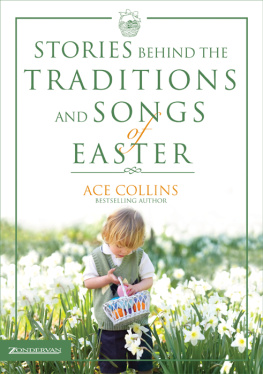

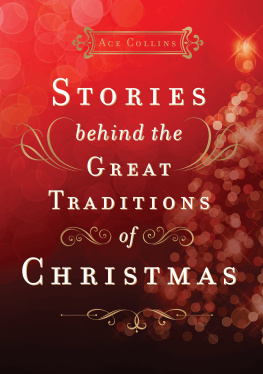
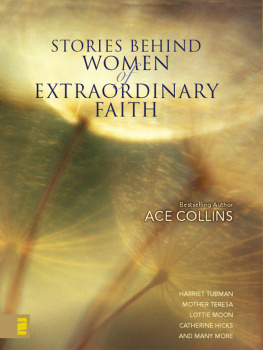
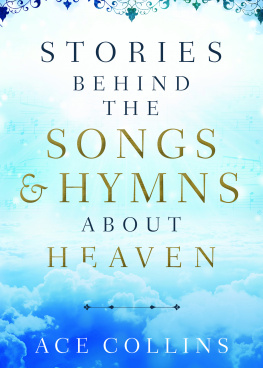


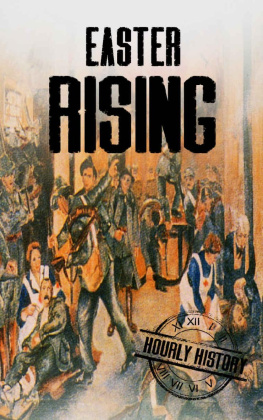

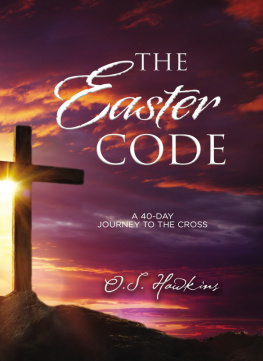
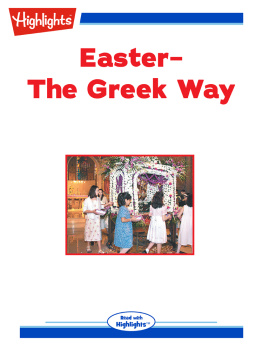
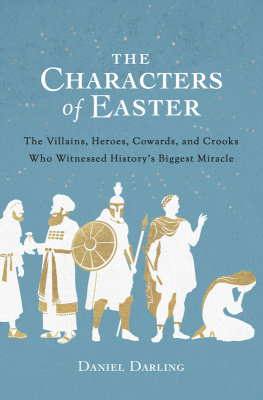
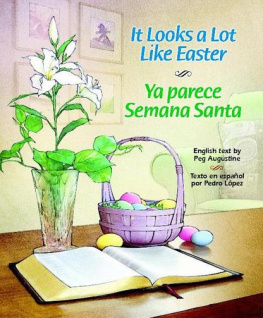

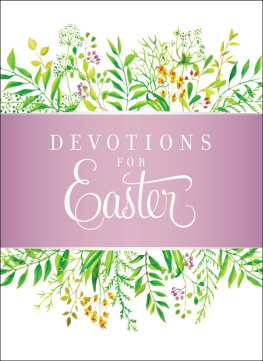
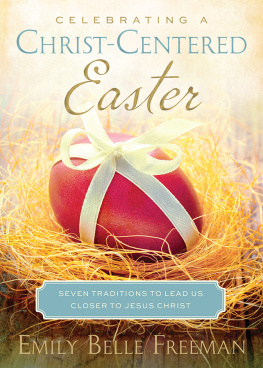




 20 19 18 17 16 15 14 13 12 11 10 9 8 7 6 5 4 3 2 1
20 19 18 17 16 15 14 13 12 11 10 9 8 7 6 5 4 3 2 1